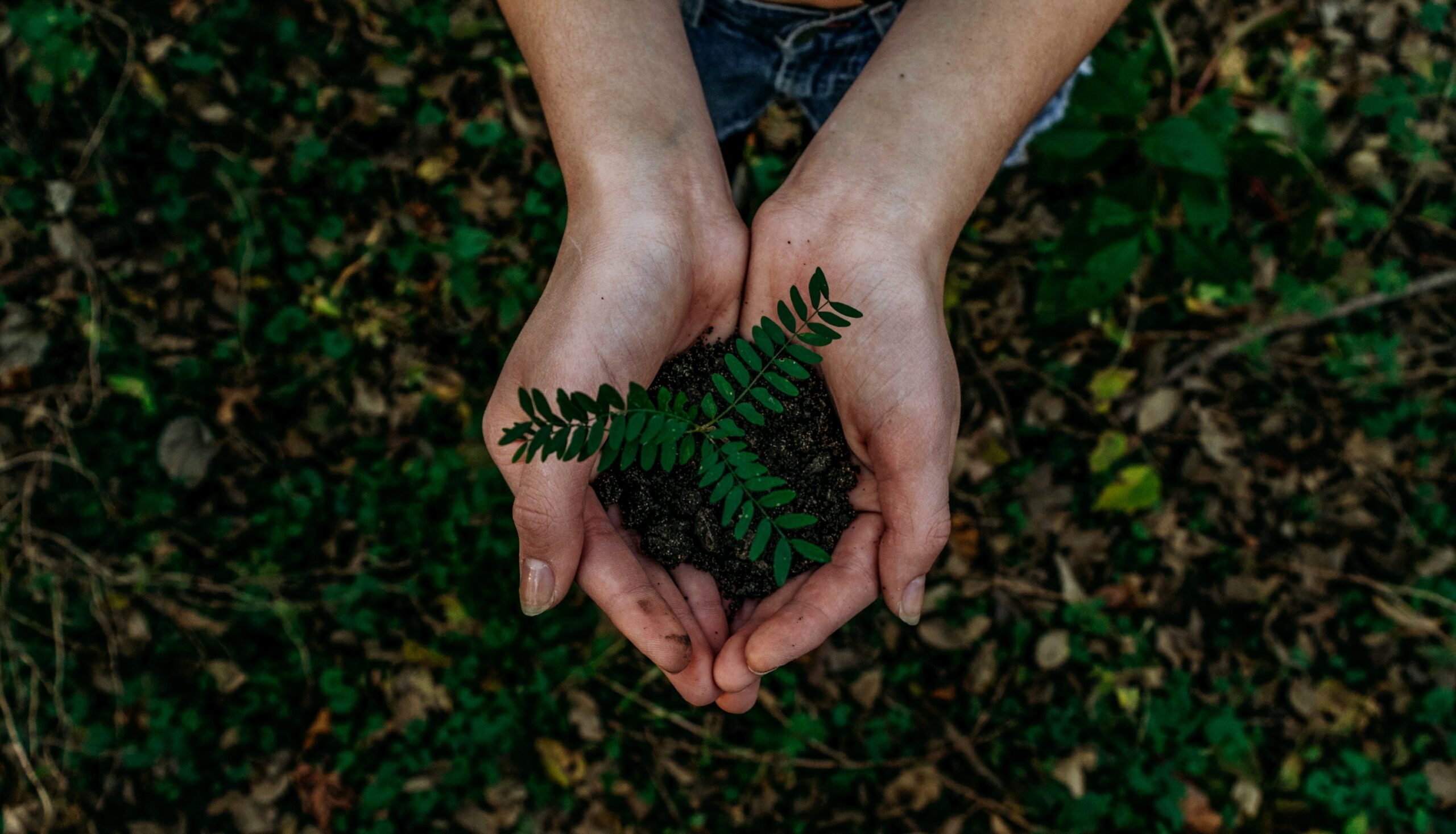Did you know that more than a third (34%) of all man-made greenhouse gas-emissions are generated by food systems?
Using Latis is a great way to understand how a small change in your product can make an immense impact on the environment.
These three examples show just how much your product’s impact can change with minor procurement and processing adjustments in terms of water usage, energy, greenhouse gas emissions, and beyond.
Metrics we will be targeting

Water Usage
Cash’s Cashews

Location is key for water usage! If we source our cashews from Brazil instead of India, we could save an estimated 79,251,616 gallons of water.
79,251,616 gallons of water equals…

Processing (Energy)
Oh Soy! Mylk

Switching from chemically processed to expeller pressed protein isolate can make a huge impact! This would save 325,000 MJ for every 100 tons of mylk produced.
325,000 MJ equals…

Greenhouse Gas Emissions
Bean Chili

Switching kidney beans to pinto beans makes a huge impact! This would save 24,600 kg CO2e per year
24,600 kg CO2e equals…

Conclusion
As you can see, seemingly small adjustments in sourcing practices can lead to a huge impact in water, processing (energy), and greenhouse gas emission over time.
Click here to learn more about how to improve your product’s impact for your brand!







